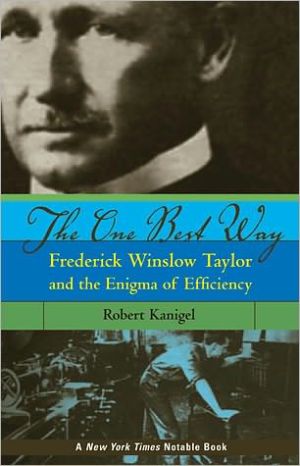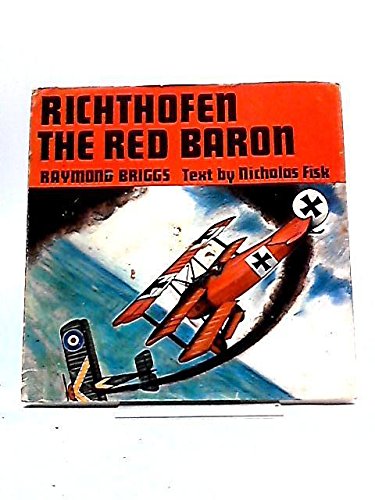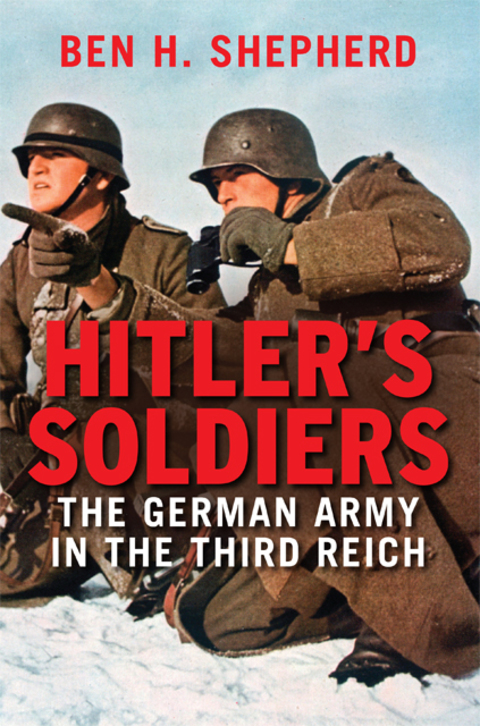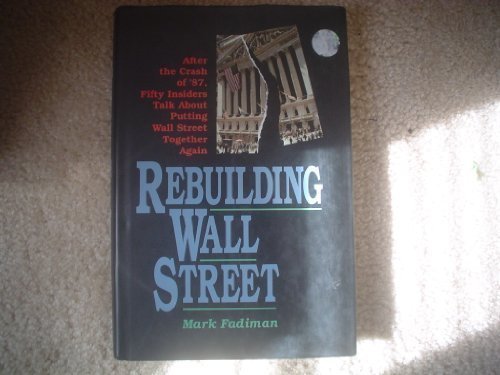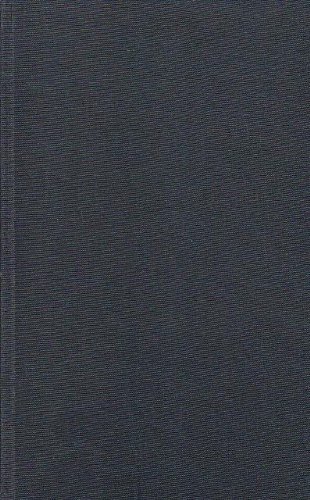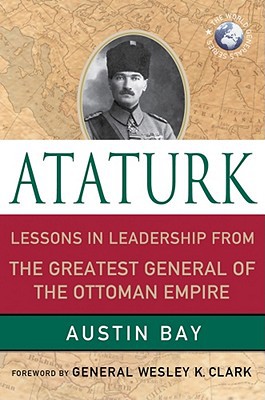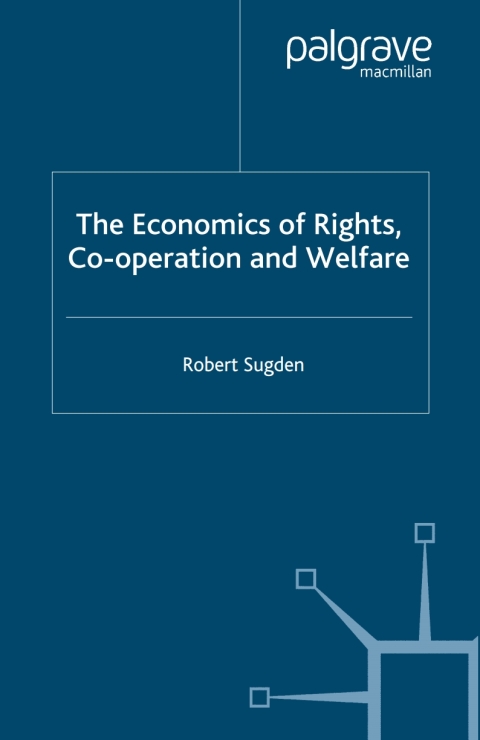The One Best Way: Frederick Winslow Taylor and the Enigma of Efficiency (The MIT Press)
Kanigel, Robert
The definitive biography of the first "efficiency expert."
Publishers Weekly
Who has "probably had a greater effect on the private and public lives of the men and women of the 20th century than any other single individual?" Few people nowadays would answer, "Frederick Winslow Taylor" (1856-1915), the first "efficiency expert." But Kanigel (The Man Who Knew Infinity) thinks that this claim may not be an overstatement. Taylor, who came from a wealthy Philadelphia family, turned down Harvard and went to work in a foundry, then as an apprentice in a steel mill's machine shop, where he became a foreman by the time he was 24 (and won the U.S. Open doubles tennis championship the next year). Taylor later came to romanticize his years as a mill worker and referred to them often when charged with being antilabor, but it was as a "gang boss" that, armed with his ever-present stopwatch, he began what he considered his scientific "time and motion" studies of how long a worker took to do each step of a specific joband how long the best workers should take. He also managed to earn a degree in engineering from the Stevens Institute and went on to increase the efficiency of machines (as well as men). In the late 1890s, Taylor became a private consulting engineer, spreading his gospel of efficiency and eventually making a nameand his fortunein high-speed steel manufacture. The so-called Taylor System became internationally known, and in 1912 he even had to defend it before a congressional committee formed to determine whether working people should be subjected to the rule of a clock. Kanigel's admiration for his subject is tempered with realistic skepticism. A most satisfying examination of a singular American life. (May)
| Name in long format: | The One Best Way: Frederick Winslow Taylor and the Enigma of Efficiency (The MIT Press) |
|---|---|
| ISBN-10: | 0262612062 |
| ISBN-13: | 9780262612067 |
| Book pages: | 705 |
| Book language: | en |
| Edition: | Illustrated |
| Binding: | Paperback |
| Publisher: | MIT Press |
| Dimensions: | Height: 7.75 Inches, Length: 5 Inches, Weight: 1.4991433816 Pounds, Width: 1.77 Inches |

